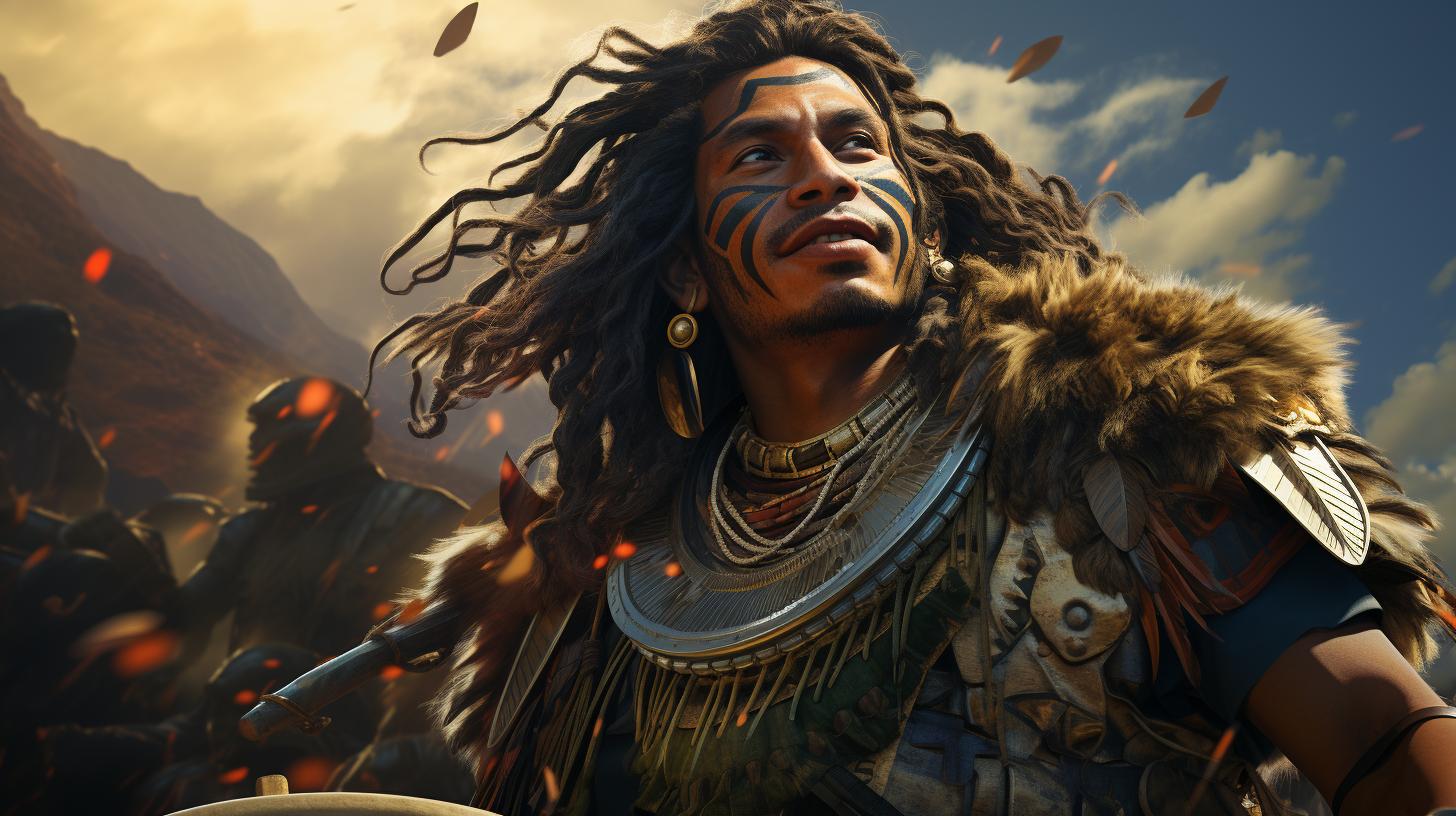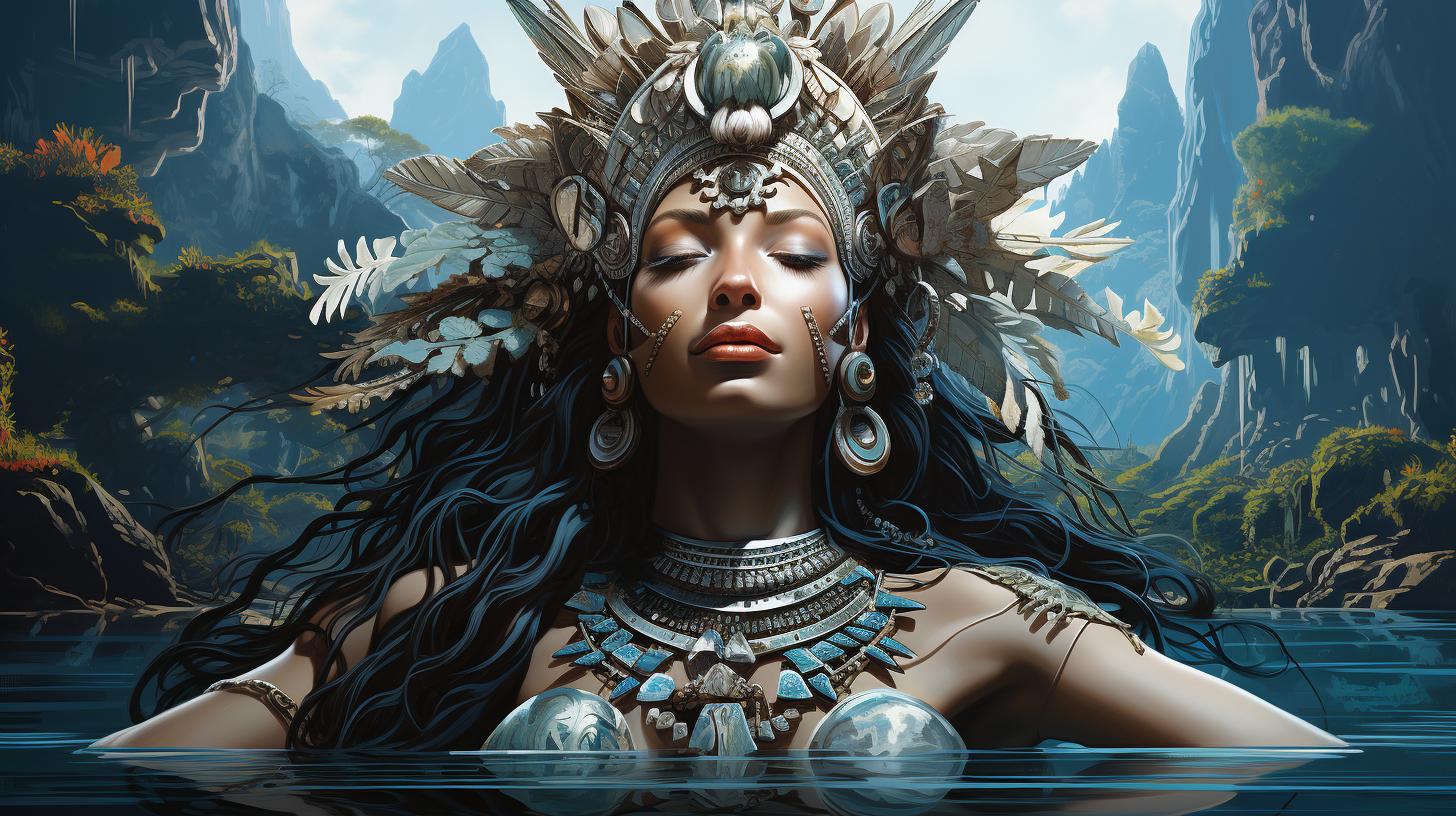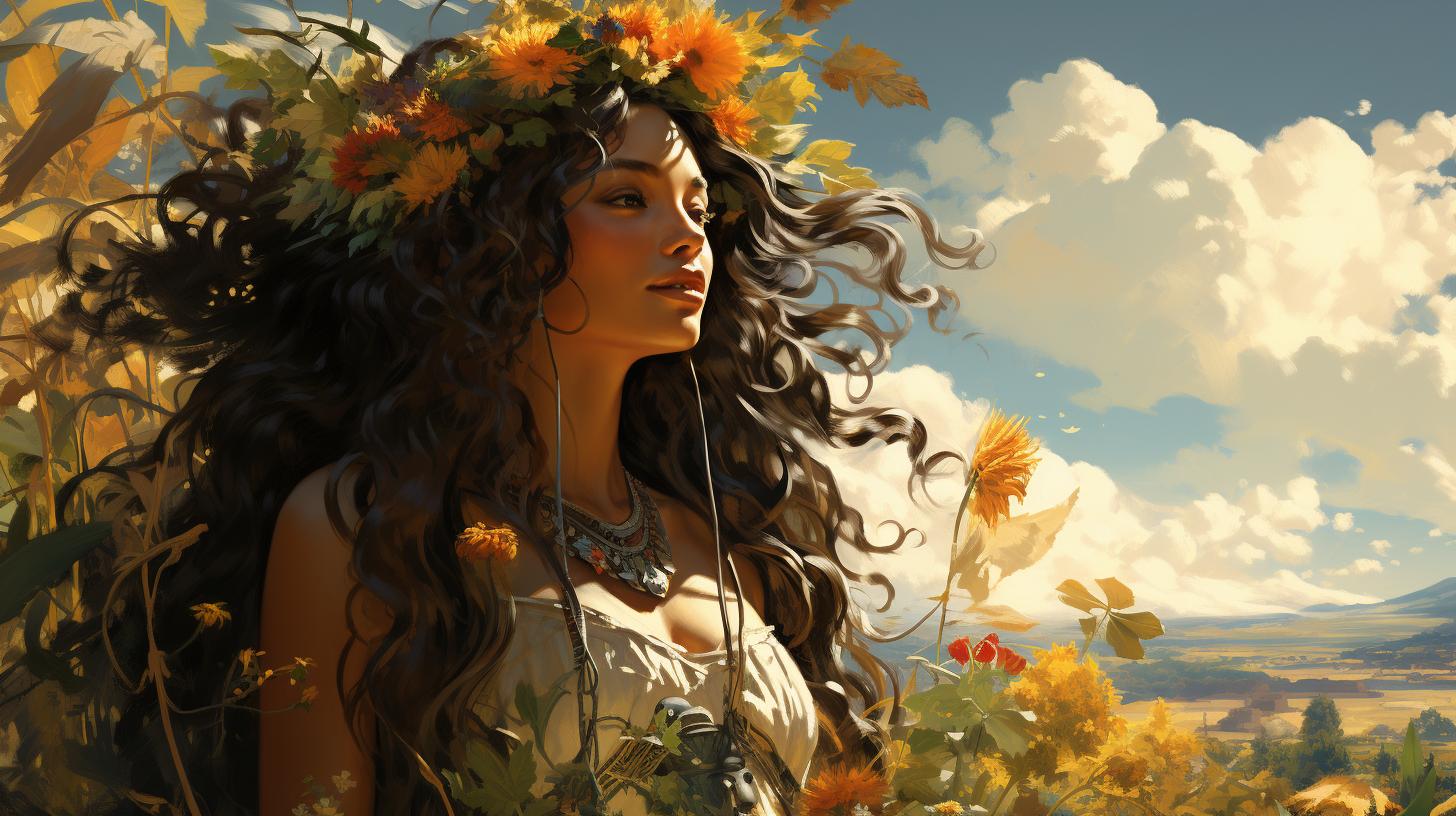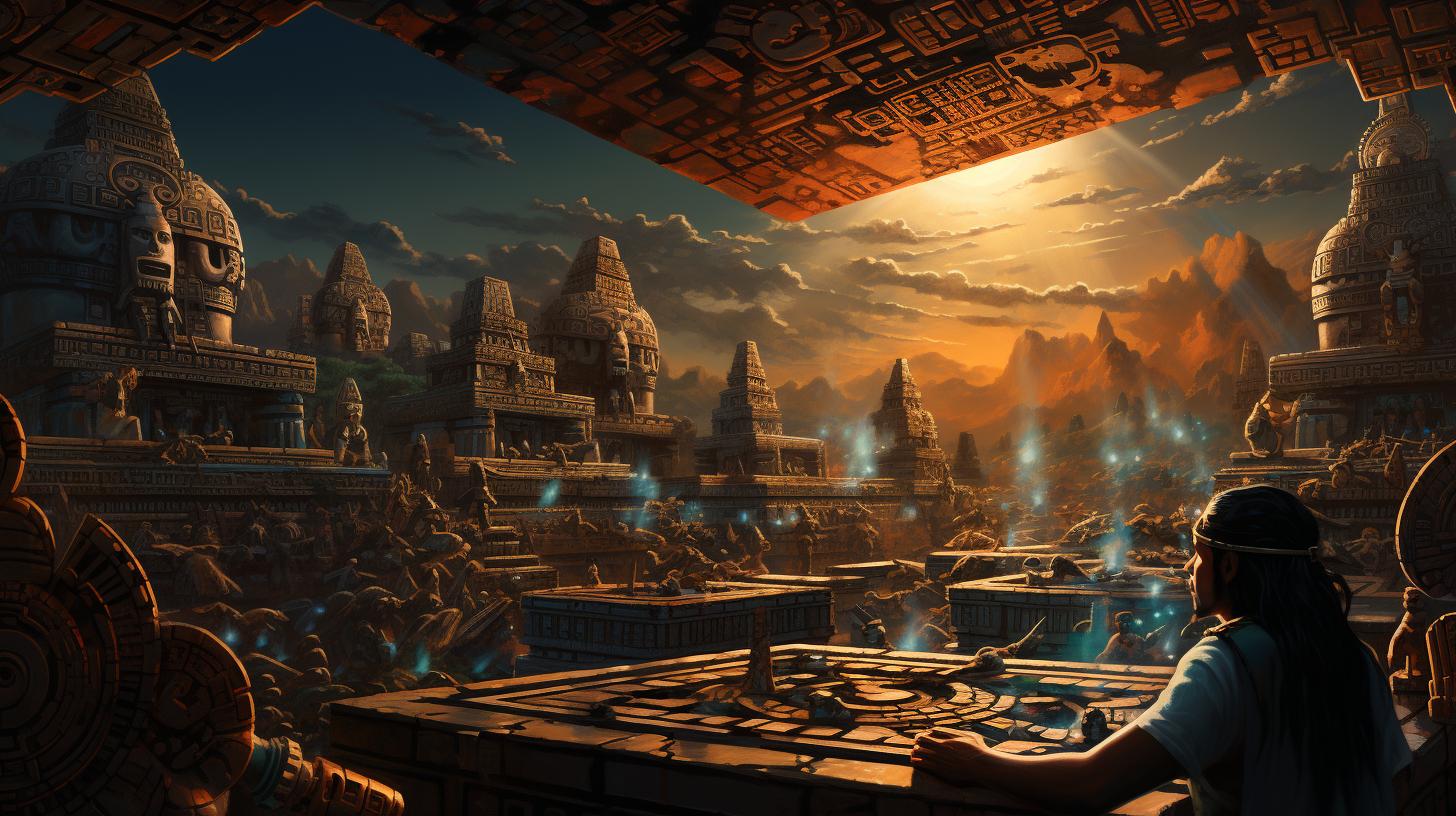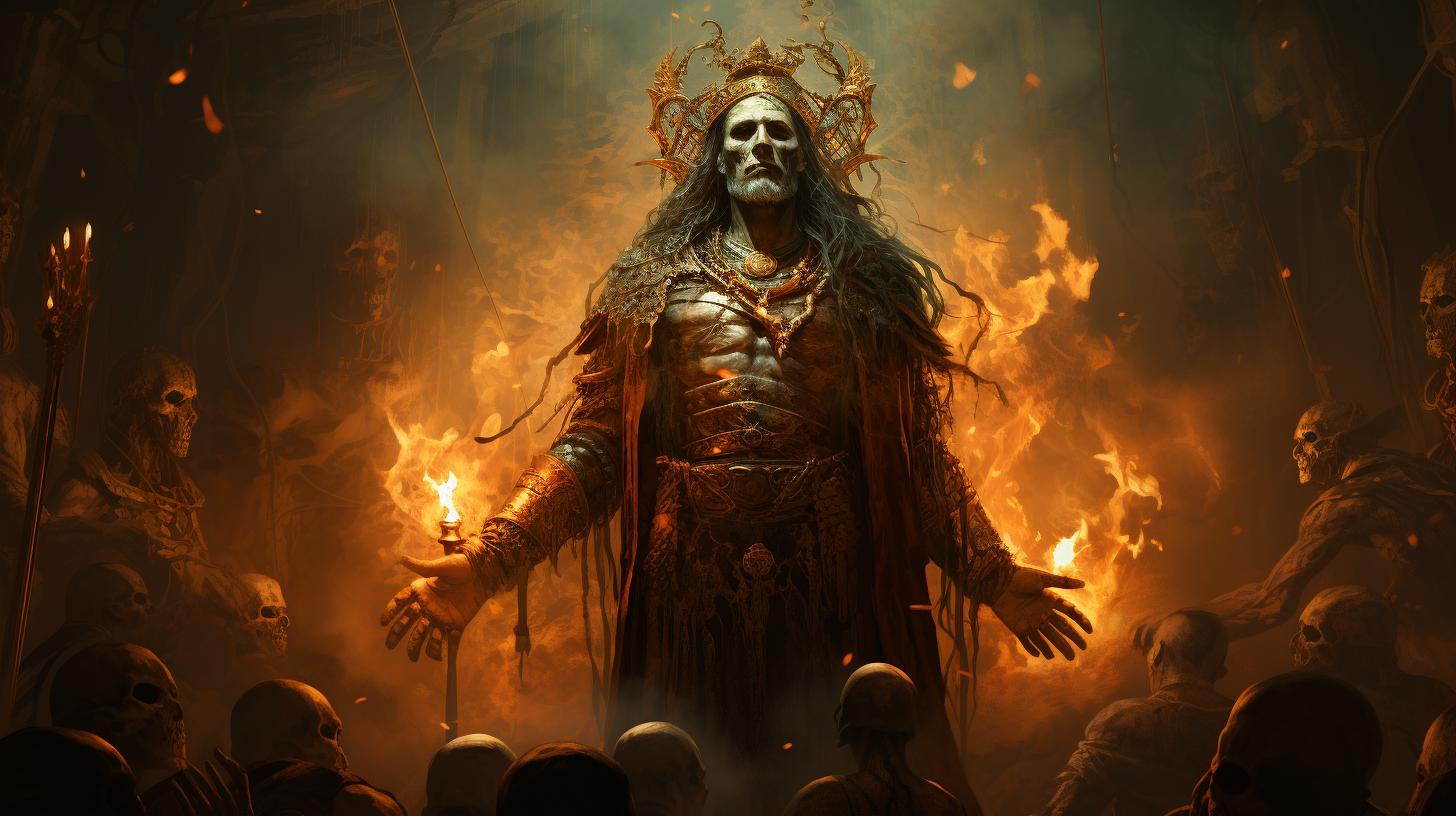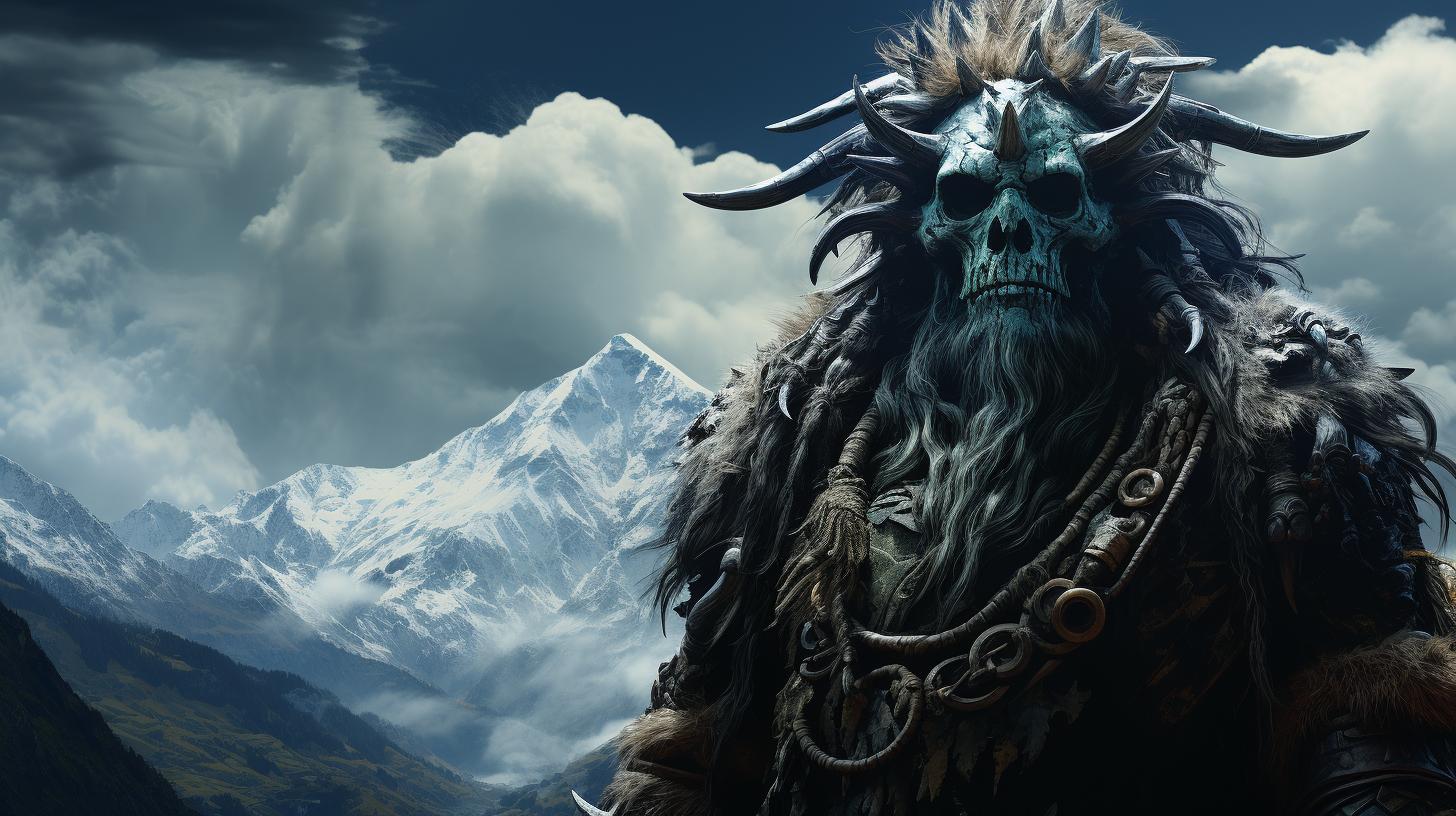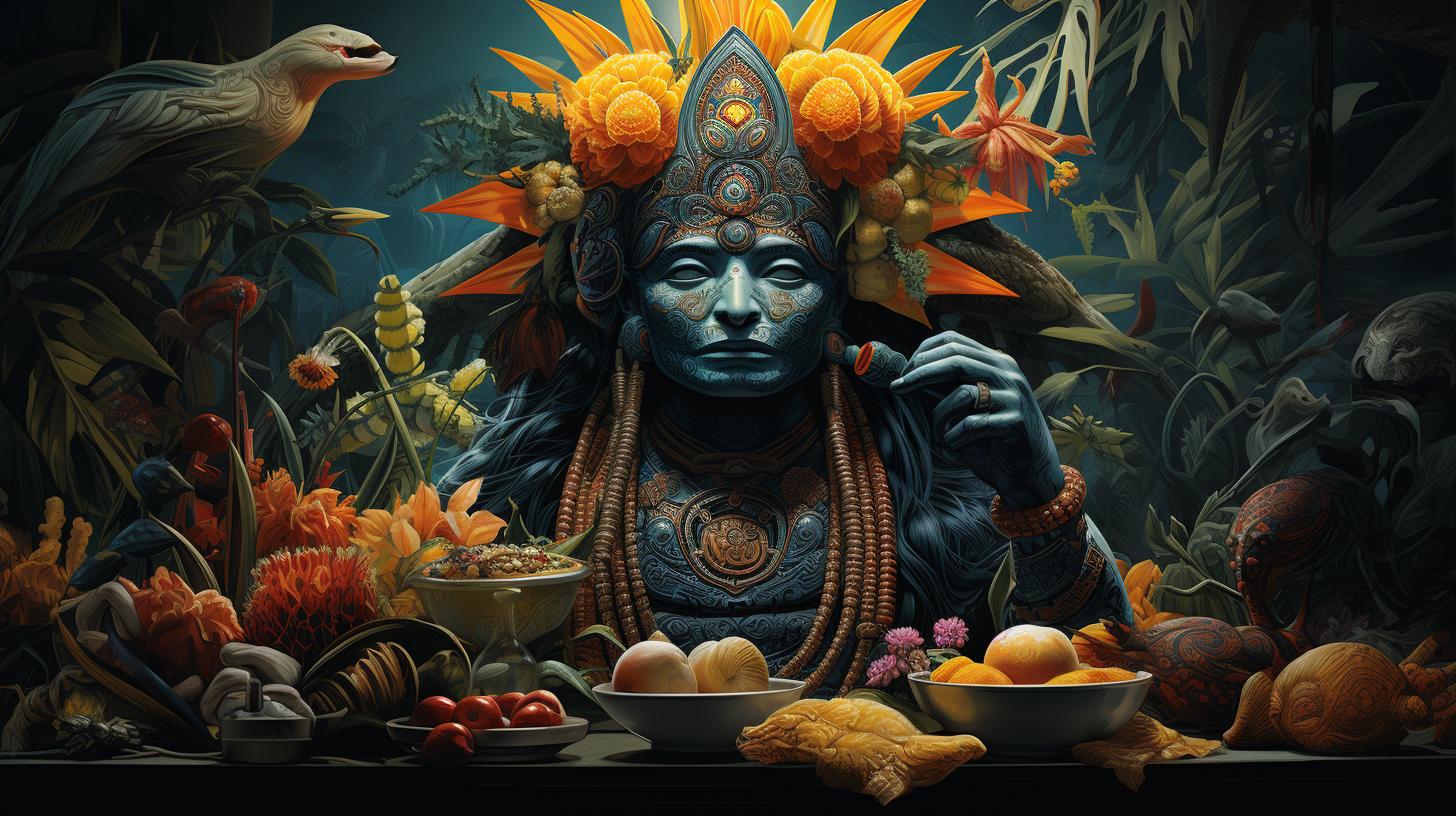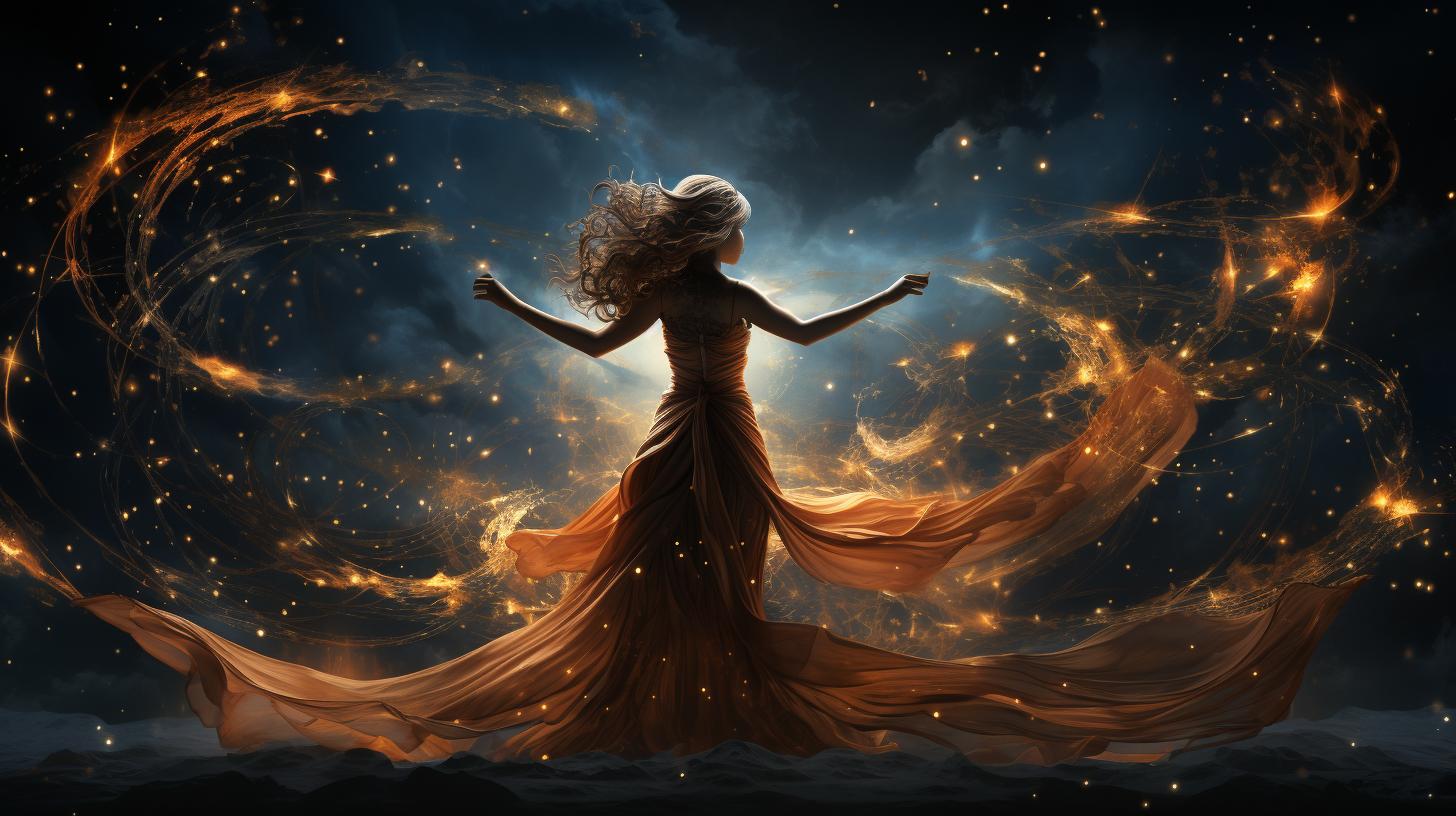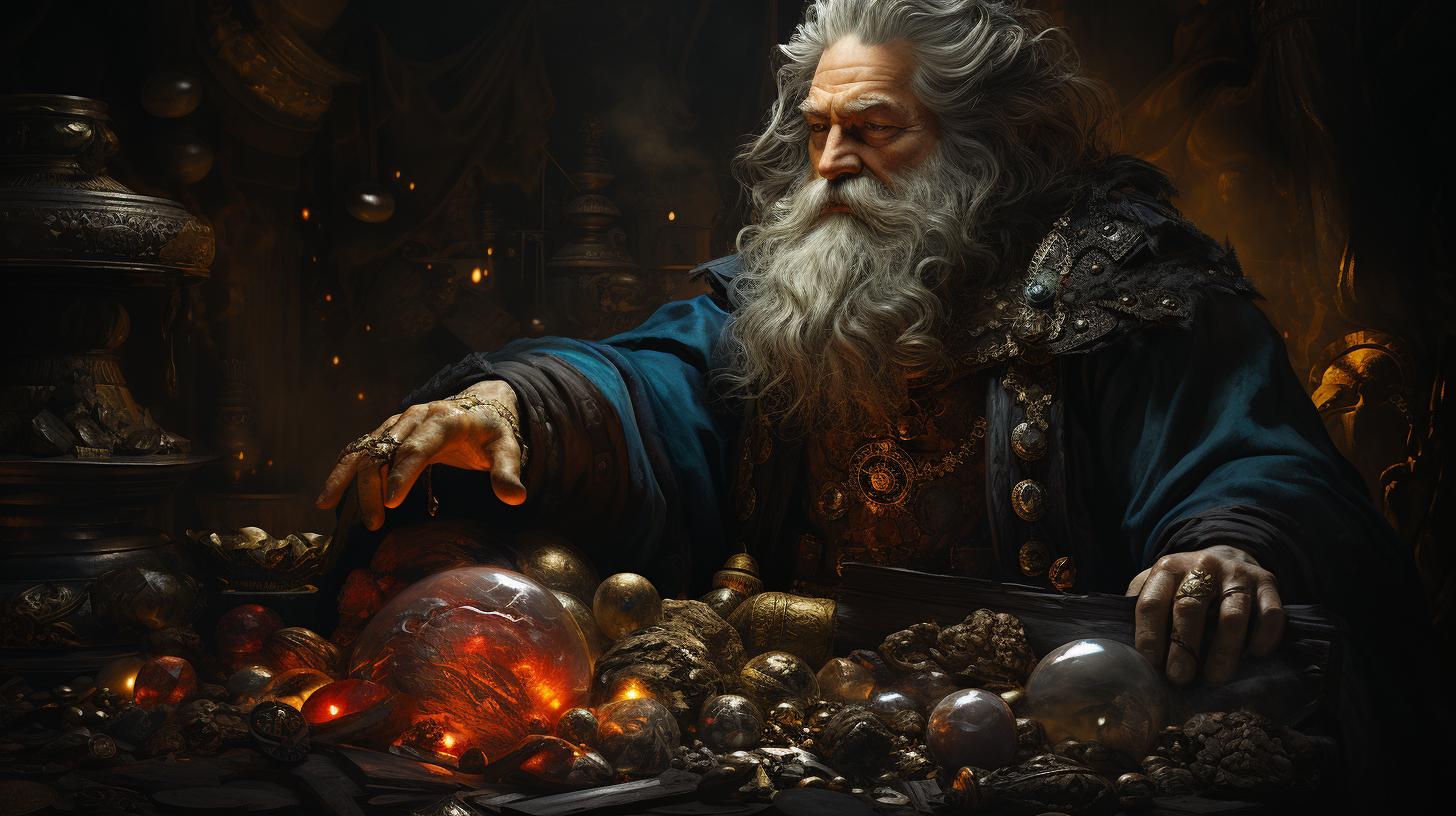Tupan God Inca: Exploring the Mythology and Legends of the Inca Deity
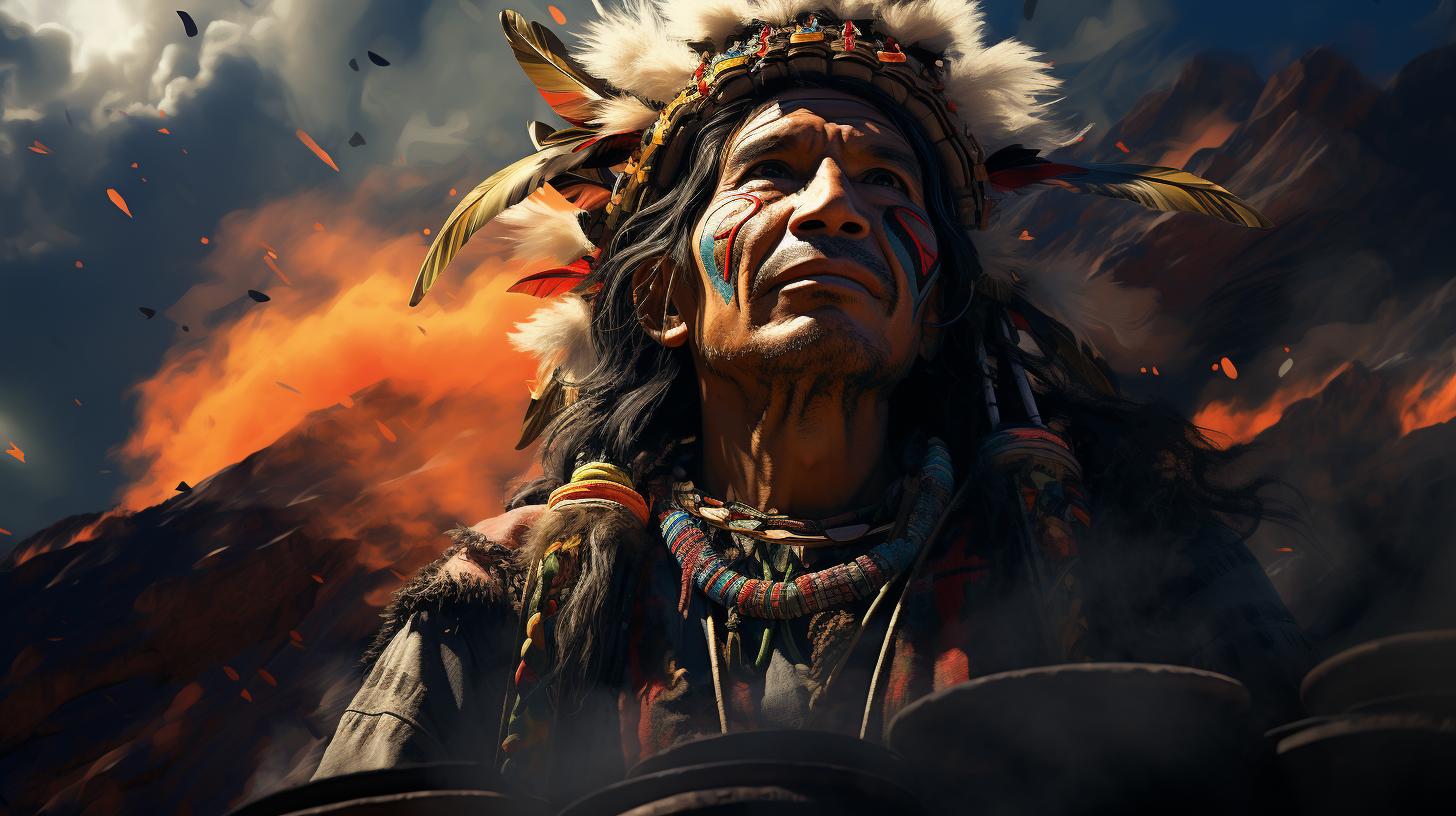
Tupan God Inca is a revered deity in Inca mythology, known as the god of storms, lightning, and thunder. Believed to be the favorite of Viracocha, Tupan holds a significant role as the patron god of the Tupari-Guarai Indians.
Associated with rituals and sacrifices, child sacrifices were offered to Tupan in hopes of rainfall. However, with the arrival of Spanish conquistadors, Tupan’s defense of the Incas was hindered, leading to the fusion of beliefs with Santiago.
Despite its absence in popular comic universes, Tupan’s mystique continues to intrigue and inspire in modern times.
The Mythology of Tupan God Inca
Tupan God Inca holds a significant place in Inca mythology, embodying the power and force of storms, lightning, and thunder.
Let’s delve into the fascinating aspects of this deity’s mythology.
Origins and Name: Apo-Catequil, the Thunder God
Tupan, known by various aliases such as Apo-Catequil and Tupari, derives his true name from the Tupari-Guarai Indians who worship him as their patron god. As the god of thunder, Tupan’s name carries immense symbolism, invoking his association with mighty storms and celestial power.
Role and Significance: Deity of Storms and Lightning
Among the Tupari-Guarai tribe, Tupan is revered as the supreme deity, responsible for the control of storms, lightning, and thunder. His role is crucial, as he brings rainfall and ensures the fertility of the land, supporting the livelihoods of the indigenous people.
Worship and Beliefs: Patron God of the Tupari-Guarai Indians
The Tupari-Guarai Indians hold deep reverence for Tupan, considering him their ultimate protector and provider. Through rituals and offerings, they seek his favor and blessings for abundant rainfall, essential for their agricultural practices and sustenance.
The worship of Tupan is intricately intertwined with their daily lives, reflecting the sacred bond between the deity and his devoted followers.
Tupan God Inca in Inca Mythology
In the rich tapestry of Inca mythology, Tupan God Inca holds a prominent place as a revered deity. Let’s delve into the intriguing aspects of his existence, exploring his family lineage, powers, and the sacrificial rituals associated with his name.
Family and Relations: Son of Viracocha and Cocamama
Tupan God Inca, also known as Apo-Catequil, is believed to be the son of the powerful deities Viracocha and Cocamama. With divine origins, Tupan is connected to a lineage of gods and goddesses, making him an esteemed figure in Inca mythology.
Powers and Attributes: God of Thunder and Rain
Tupan’s domain encompasses the elemental forces of thunder and rain, bestowing him with immense power over these natural phenomena. Revered as the god of storms, Tupan controls the fury of lightning and the life-giving waters that bring fertility to the land.
Sacrificial Rituals: Child Sacrifices for Rain
In the belief system surrounding Tupan, sacrificial rituals played a significant role in appeasing the god for rainfall. Tragically, children were offered as sacrifices to ensure the arrival of much-needed showers, a desperate plea for the prosperity of their communities and agricultural endeavors.
Through these rituals, the Tupari-Guarai Indians sought to gain favor with Tupan, their patron god, and secure his benevolence in providing ample rain for their harvests.
It is important to address the complex and often controversial nature of these practices, reflecting the cultural beliefs and realities of the time within the Inca civilization.
- Tupan, known by various aliases such as Illyapa, Thomagata, and Tupa, plays a vital role in Inca mythology.
- His divine parentage connects him to deities like Inti, Caruincho, and other significant figures in Inca cosmology.
- While his origins remain mysterious, some speculate that Tupan belongs to a race of extradimensional beings.
- He is revered for his close relationship with Viracocha and his assigned role as the god of thunder.
Despite the arrival of Spanish conquerors and the subsequent decline of the Inca Empire, the mythological significance of Tupan God Inca endured.
His worship intersected with the veneration of Santiago in the absence of Tupan’s active presence, merging Inca beliefs with Spanish Catholic traditions.
Through these cultural amalgamations and the passage of time, Tupan’s legacy continues to captivate modern imaginations, reminding us of the complex intertwining of ancient mythologies and the forces that have shaped our world.
The Impact of Spanish Conquest on Tupan God Inca
The arrival of the Spanish conquistadors had a profound impact on Tupan God Inca and the Inca civilization as a whole. Let’s delve into the consequences of this clash and how it shaped the fate of Tupan and his worshippers.
Clash with the Spaniards: Inability to Defend the Incas
The Spanish conquerors, armed with advanced weaponry and military tactics, posed a formidable challenge to Tupan and the Inca Empire. Despite their fierce resistance, the Incas lacked the resources and strategies necessary to withstand the Spaniards’ onslaught.
This resulted in the incapacity of Tupan to protect his people and their sacred traditions.
Syncretism and Fusion of Beliefs: Tupan and Santiago
With the weakening of Tupan’s influence, a phenomenon of religious syncretism took place. In the absence of their patron deity, the Inca people amalgamated their worship of Tupan with the veneration of Santiago, the patron saint of Spain.
This fusion of beliefs not only preserved certain elements of the Inca religious practices but also assimilated them into the dominant Spanish Catholic faith.
Legacy and Disappearance: Influence in Modern Times
The legacy of Tupan God Inca continues to resonate in modern times, albeit in fragmented and altered forms.
While his worship as a distinct deity has diminished, remnants of his mythology and symbolism can be found in various cultural expressions, including art, literature, and folklore. However, the true essence of Tupan’s power and significance often remains elusive to the general public.
- Surviving artwork: Certain artistic representations depict Tupan in the company of other Inca deities, showcasing his important role in Inca mythology.
- Literary references: Writers and researchers have explored Tupan’s role and significance in Inca cosmology, shedding light on his divinity and connection to natural phenomena.
- Oral traditions: Within indigenous communities, fragmented stories and legends of Tupan still circulate, preserving elements of his divine persona and ancient rituals.
Despite the impact of the Spanish conquest and the subsequent blending of religious practices, Tupan God Inca’s influence endures as a symbol of cultural resilience and the deep-rooted spirituality of the Inca civilization.
Depictions of Tupan God Inca in Popular Culture
Tupan God Inca has remained a captivating figure in popular culture, inspiring various speculative theories about his origins and finding representation in different art forms.
Mysterious Origin Theories: Extradimensional Beings?
One intriguing aspect of Tupan God Inca is the lack of detailed information regarding his past. Some speculate that he may be a member of an extradimensional race, adding an air of mystery and intrigue to his character.
Absence in Marvel and DC Universes
Unlike some other mythological deities, Tupan God Inca has not made a prominent appearance in the Marvel or DC comic universes. Despite his rich mythology and significance in Inca culture, his presence has yet to be explored in mainstream superhero narratives.
Representations in Art and Literature: Symbols and Depictions
- In various art forms, Tupan is often depicted holding a thunderbolt or a mace, symbolizing his association with storms and lightning.
- Literature inspired by Inca mythology frequently includes references to Tupan, showcasing his role as the god of thunder and rain.
- In indigenous artwork, Tupan can be represented through intricate symbols and motifs, reflecting his importance in their belief systems.
These depictions in art and literature contribute to the enduring fascination with Tupan God Inca and his place in popular culture.

